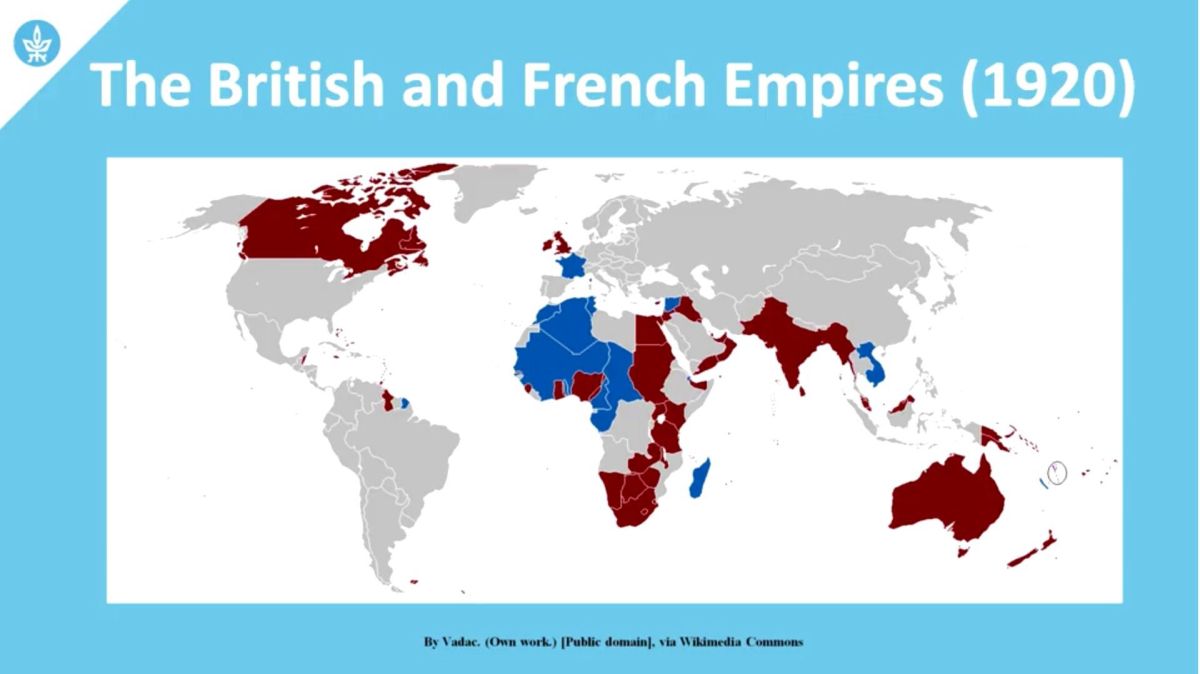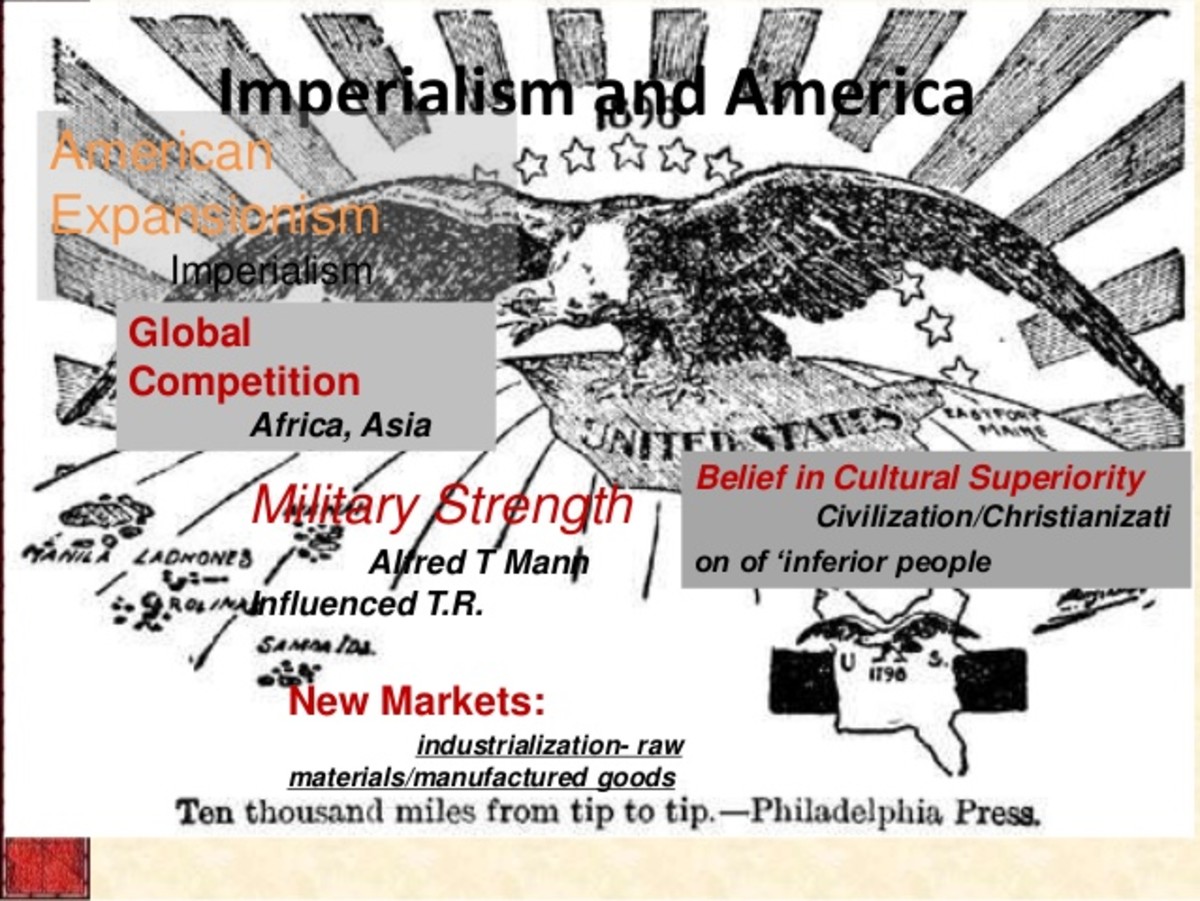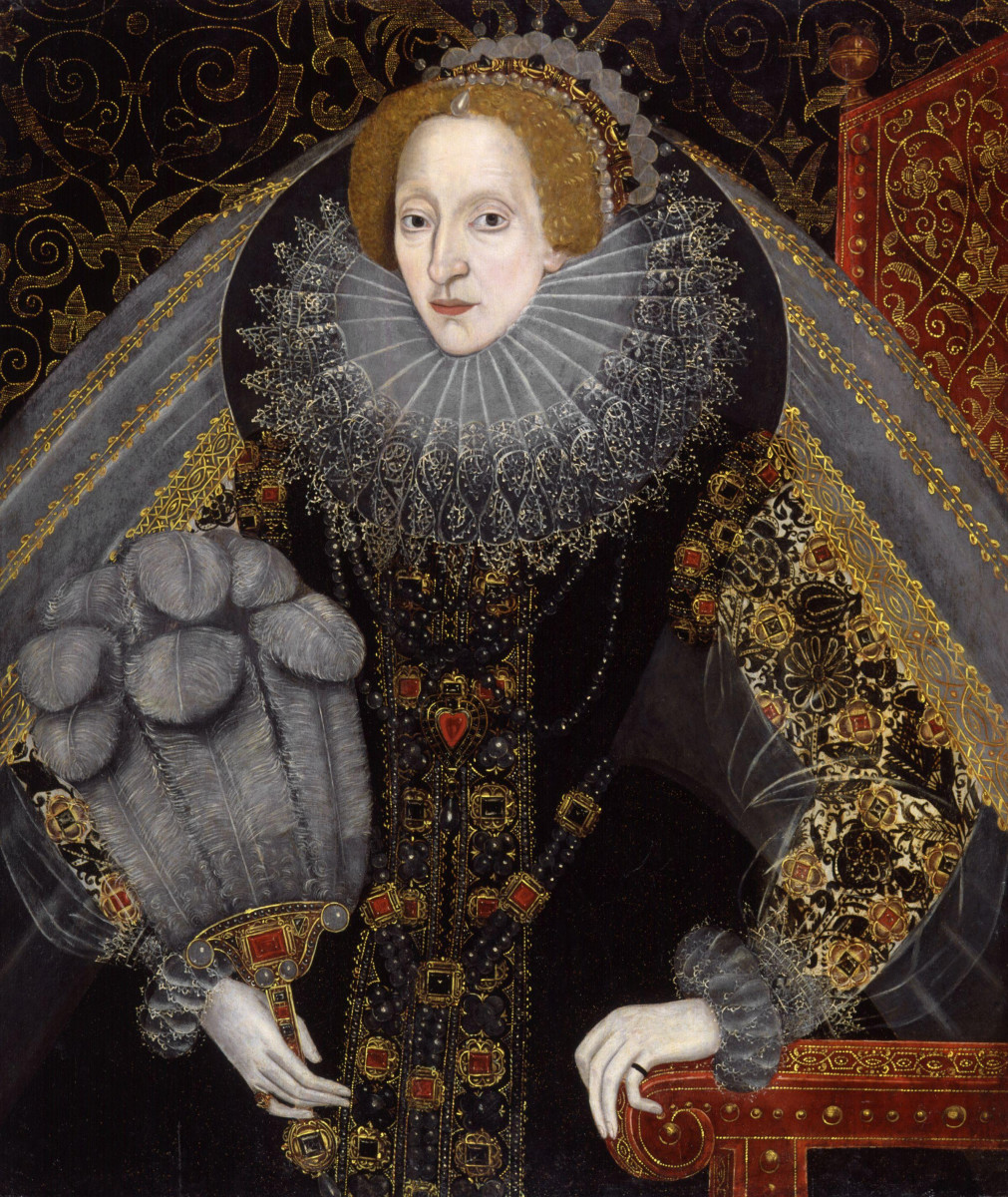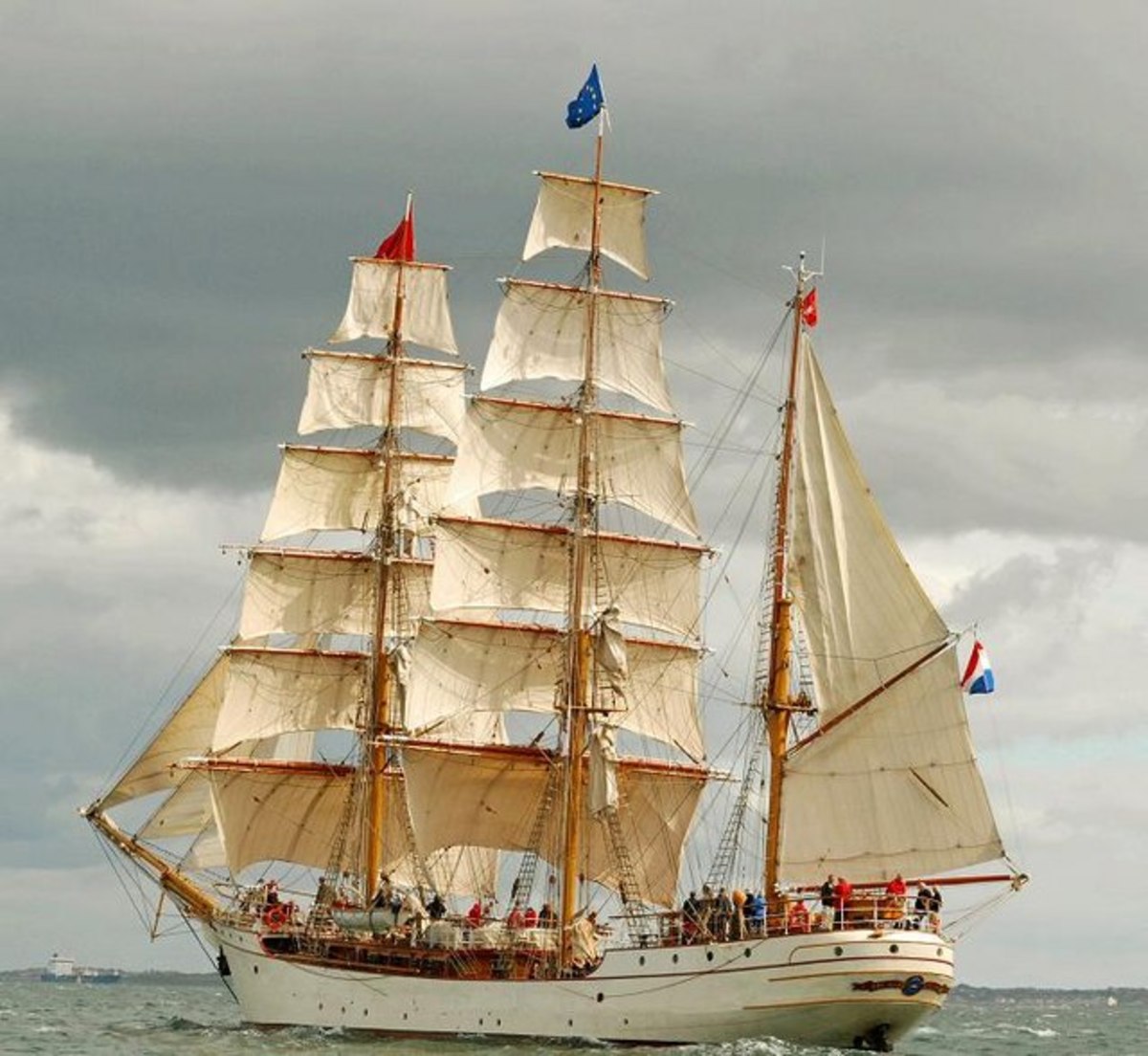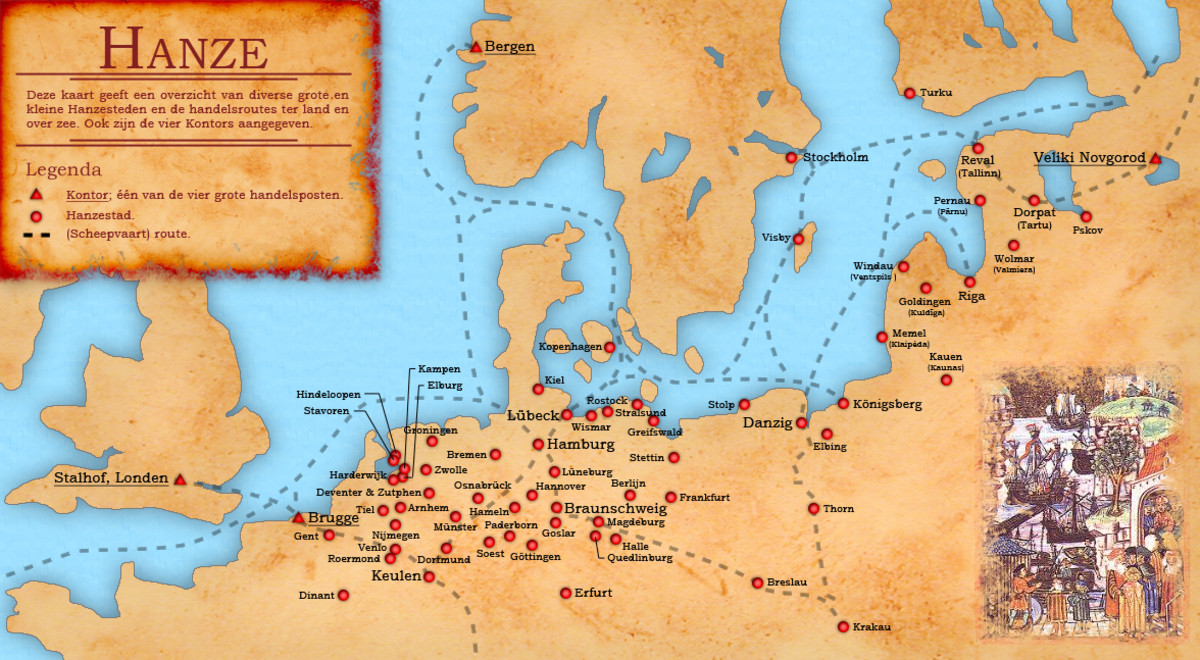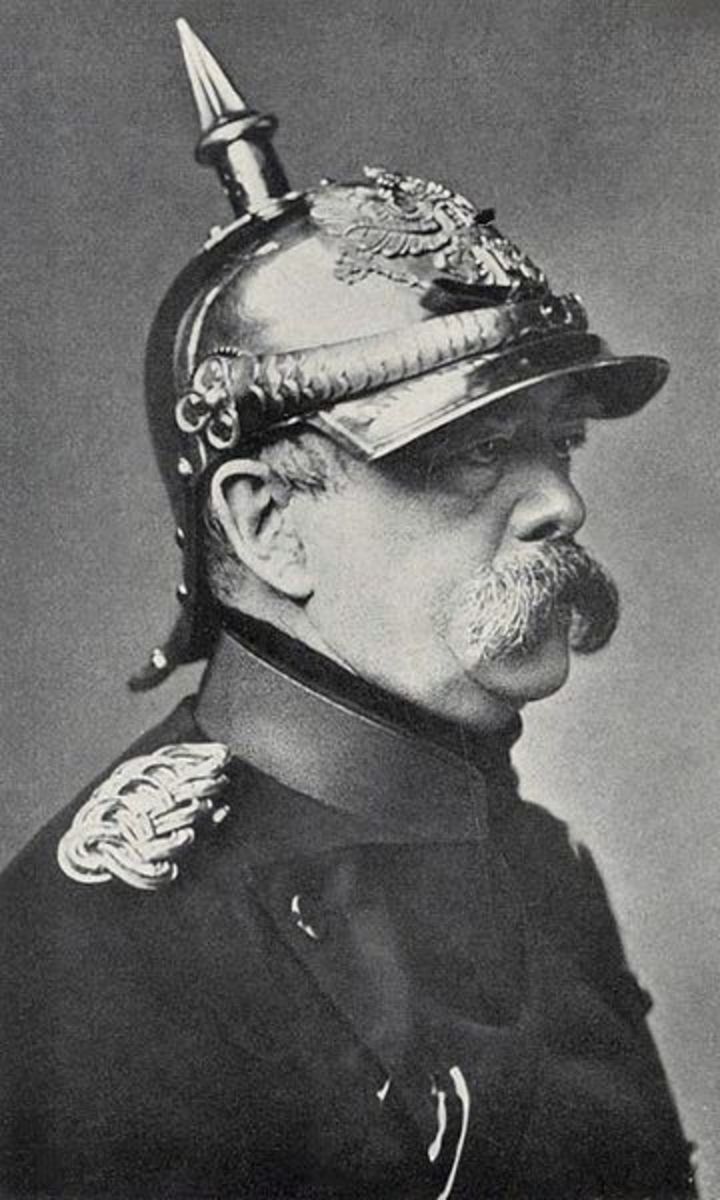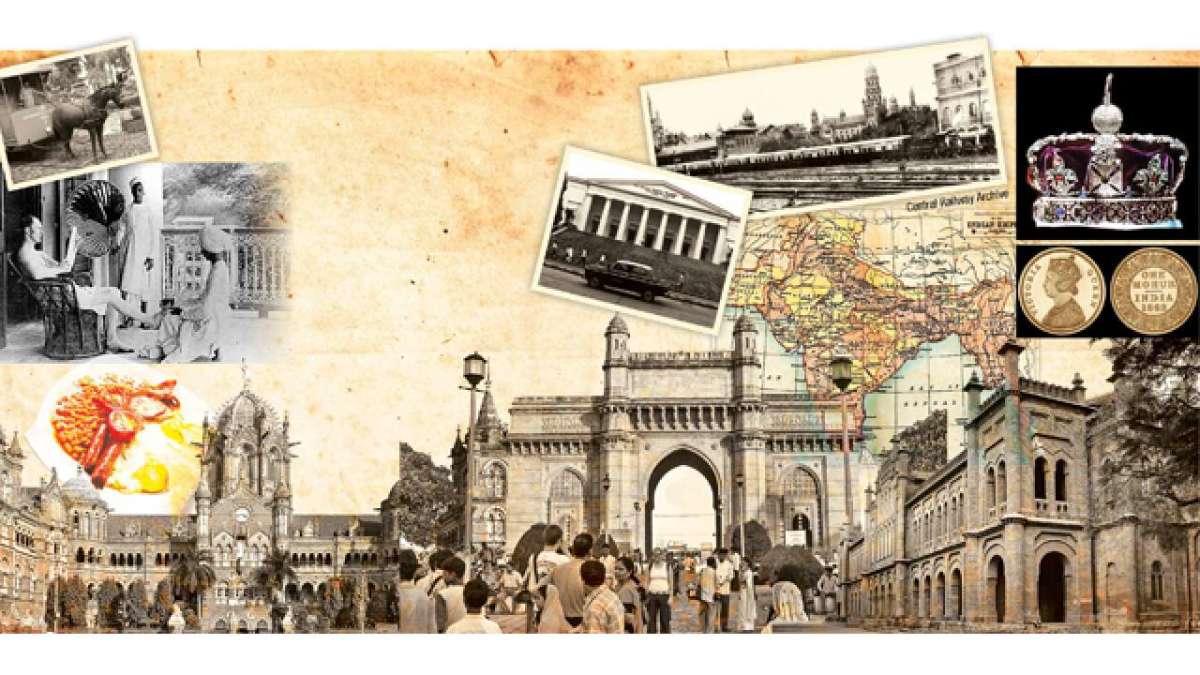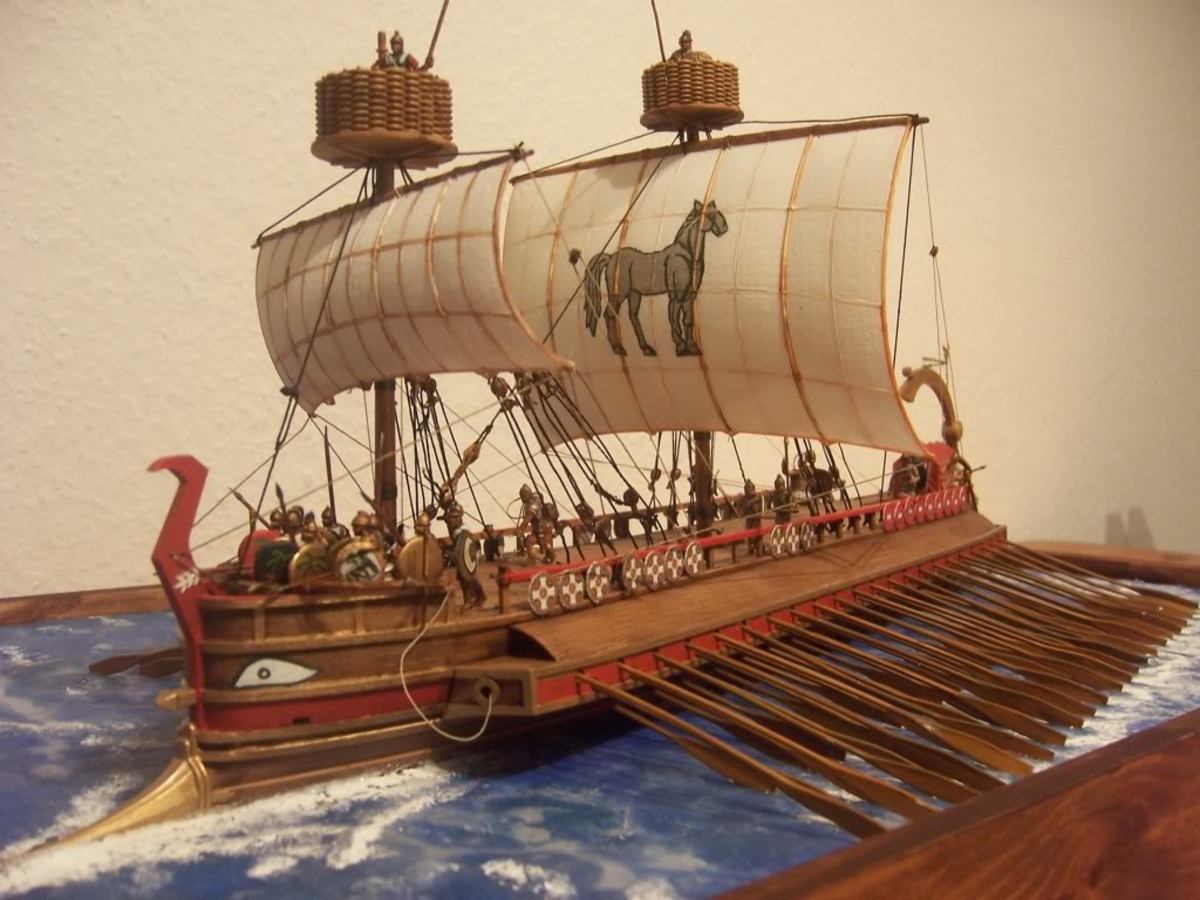British Empire - Founded on Bottom

British Empire - Gestation Period
The seeds of the British Empire were sown by the Tudors. Not by Queen Elizabeth I nor King Henry VIII but his father, Henry VII who had commissioned a Venetian merchant from Bristol, John Cabot, to "found the New Isle". In 1497 Cabot sailed west in search of the 'lands of the Dragon Throne'. What he found was the barren coast of Canada, Cape Breton Island to be precise. Three more voyages by Cabot found Greenland, Labrador, Newfoundland and New England. All he had to show for the four voyages were a wild-cat and two kidnapped Eskimos bought back to London as curiosities.
The search for the North-West Passage and it's promise of a route to Cathay had come up short. The cloth merchants of Bristol lost interest in the venture to establish a route to new trade partners and returned to their business of exporting cloth to Antwerp, Calais and Cadiz. But the seeds had been sown.
They would lie dormant until Henry VIII, a man with a highly-developed appreciation for the importance of commerce and absorbed by shipbuilding and naval architecture, financed a number of abortive attempts to find the North-West Passage. He wanted to bring China within reach of London merchants.
However, the merchant trade was alive and kicking, plying their wool and textile wherever they could reach. There was no real incentive to expand their horizons to far off lands when they had enough trade to keep them busy, and wealthy, close at hand.
It was the Catholic monarchs of Iberia, after the Treaty of Tordesillas in 1494, taking the Pope's divine mandate to apportion the New World between them, that took it on themselves to be the masters of the New World and the South-West Passage. Ferdinand and Isabella of Spain and John II of Portugal, aided by the likes of conquistadores Albuquerque, Balboa, Cortes and Pizarro, realised the profits of their world empire. It was not for the northerners of France, England and The Netherlands.
But change was afoot. Although the economic landscape of Henry's reign was largely grazing sheep, producing wool for carding and cloth-weaving, and mining tin, his daughter's reign was to see a sea-change in attitude towards the southern arrogance and dominance of the Ocean south of the Azores. Apathy turned to unprecedented naval daring. Political, economic and religious dynamism coalesced and turned outward, producing a breed of adventurers just as ruthless, just as greedy, just as spiritually arrogant as any conquistador .
And how was it born?
- Out of malice - why should Spain and Portugal be the sole beneficiaries of the riches of the New World and those of Cathay?
- Out of Protestant zeal - surely the Lord had not intended the whole earth to be Catholic?
- From the spectre of economic ruin - as the wool trade moved to bust from boom
- From a change in attitude - the transformation from a horror of ocean travel into the romance of discovery.
Elizabeth's brave seafarers were setting out on voyages 'to seek new worlds, for gold, for praise, for glory'. The birth of the British Empire can be recorded on the life-chart of a Nation as 1550 when the English wool industry faced disaster as exports fell by 35%. London merchants looked to the Far East, over the top of the world, where Cathay's teeming millions would be England's economic salvation.
Sound familiar?
To the front came the 'heroes' of the hour such as Sir Francis Drake, Sir Walter Raleigh and his step-brother Sir Humphrey Gilbert, not exceptions to the Tudor rule just magnified examples of it.
The 16th century believed in bottom!
Bottom Comes to the Front and Stays There.
The word for this Age was 'bottom':
- that on which anything rests or is founded
- the fundamental character
- the solidity of character
- the stamina and staying power
- financial resource
- that which:
- unites stoicism with enthusiasm
- histrionics with conviction
- foppery with toughness
The characteristics of the Age were mirrored by the feats of the men. Exaggeration and violence were the central characteristics of life itself for the Elizabethans. A litany of irritation, pain and disease. Man's fate was boredom, pain and death. Only the hardy survived. And to enforce the notion, men wore the beaches of inhumanity and callousness that inured them to the punishments inflicted on the accused or condemned alike. This callousness was reflected in the character of the Elizabethan hero-adventurer. Those that endured this life demanded the chance to enjoy it vicariously.
It was bottom on which the beginnings of Empire sat. It was bottom that funded the beginnings. It was bottom that was personified in the makers of the Empire. And it was bottom that allowed the Empire to survive.
Bottom was here and it was here to stay!
Empire - The Bottom Founded
The Empire had been borne of a Virgin Queen. The seed had been sown by the Kings before her. She had not expected to be the Mother of the Nation. But mother she was and her offspring were as hyperactive as a child on 'E' numbers.
This activity was not new - it had developed from Cabot onwards. It was possessed by Henry's statute-makers: optimism, aggressiveness, self-confidence. The economy was thriving. The Navy was set fair. The nobles had been subdued. It was the nouveau riche , the landed gentry, the merchants that were ready to finance overseas enterprise.
The foundations for expansion were secure. The schism with Rome had occurred. England stood against the Catholic Continent. Elizabeth's adventurers were to come, to build an Empire that her father could hardly have imagined.
And it was the likes of Raleigh that voiced the new credo: "Whoever commands the sea commands the trade; whoever commands the trade of the world commands the riches of the world, and consequently the world itself" - a prophecy of what was to come on the back of the effort of men of similar character.
There were plenty of seafarers who doubted that the Deity had ordained that the New World should be reserved for Spain and Portugal. There were many that believed that Divine Providence had set aside the discovery of the NW Passage and the route to Cathay, to Englishmen. The economic reasons were clear but the path to Cathay unclear.
Some favoured the NW Passage, some the north-east route. Since Sebastian Cabot's discovery that the westward route consisted of ice and fog, the 'experts' had favoured a northerly traverse into the Norwegian Sea and eastward round the North Cape into the Barents Sea.
In order to achieve this, London merchants, in 1553, formed the 'Company of Merchant Adventurers of England for the Discovery of Lands Unknown'. This company had Sebastian Cabot as its first Governor. Three vessels set out northward to Norway under the command of Sir Hugh Willoughby, accompanied by Richard Chancellor. Only Chancellor returned. The others only managed to get to Lapland.
But Chancellor made it to Moscow and the court of the Prince of Muscovy, Ivan the Terrible. On his second return trip from Russia Chancellor was shipwrecked and died.
Anthony Jenkins, in the late 1550's took the land route to Persia but only managed to establish trade with Persian merchants. Stephen Borough likewise failed the attempt to reach Cathay. The men of determination and the men of money rested for a while to catch their breath.
In 1580 Arthur Pet and Charles Jackman responded to Dr. John Dee's (mathematician, geographer and thaumatologist) assertion that the route to the East was via the Kara Sea. Only Pet returned.
The NE route was now moth-balled and the adventurers looked to the NW. Martin Frobrisher took up the challenge. He was convinced he had completed his mission when he came across a race of 'slant-eyed Mongolian people' but he had only journeyed as far as the stretch of water leading to Baffin Island. The discovery was unfortunate for some. Five crew had been killed and eaten by the Eskimos and one Eskimo had been kidnapped and brought to England.
The next year the 'Company of Cathay' was formed on the promise of Gold. A black rock brought back on the first trip had been used as evidence of great wealth in the Arctic. Even Elizabeth invested £2,000. Unfortunately for all it proved to be Iron Pyrites (Fool's Gold).
Now it was the turn of science. The quadrant of John Davis was now available. Davis was urged by Elizabeth's Principal Secretary, Sir Francis Walsingham, to "attempt that which God Himself hath appointed to be performed". In the second half of the 1580's Davis undertook three voyages. He managed to reach 73o N but no further. No route would be found that way.
Young Empire - Change of Emphasis
The year of the Armada arrived and it was the Armada that changed the face of the Globe forever. The Raleigh call to 'command the trade of the world' was being put to the test in the Caribbean and the Indian Ocean. These were now the focal points of English expansion. The naval arena for the fight for the supremacy of the seas.
This new age. This Elizabethan age was not dogmatised by heavenly reward or fire and brimstone The new brave adventurers were willing to pay the price of adventure and did not fear death. They only required God to give them the chance for glory. They could never be accused of slavishness or dullness. They spoke of their duty to God and Queen. They could not be disciplined. Espoused of a duty unto themselves, as a breed apart. This was the root and branch of their faith.
These attitudes were the flavour of the month. Not only did Gilbert, Raleigh and Drake take themselves and their reputations seriously but so did the World around them. The Elizabethan Age had established the foundation of what was to come. And what was to come was very good for England. The wind of change was blowing and for the Spanish and the Armada it blew inexorably.

